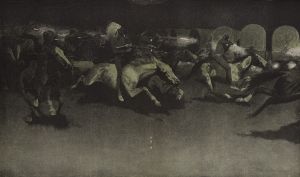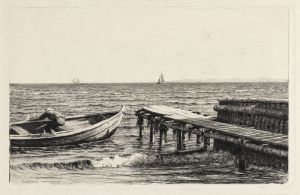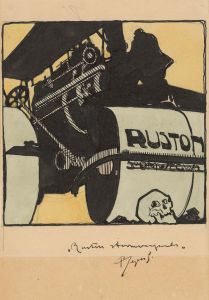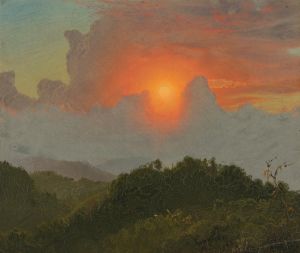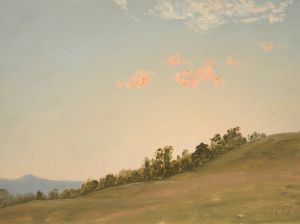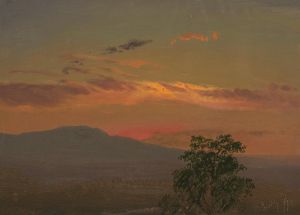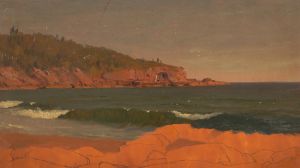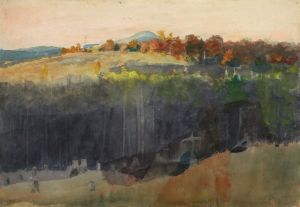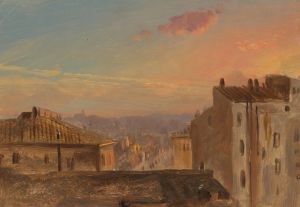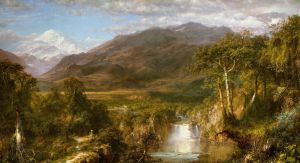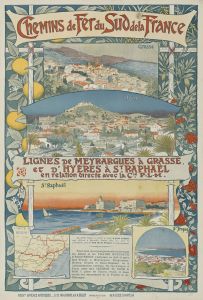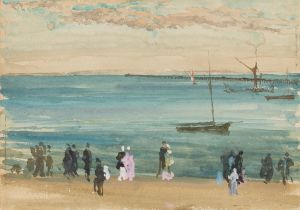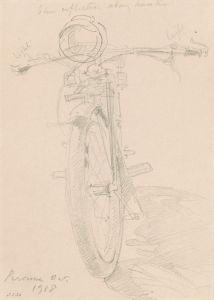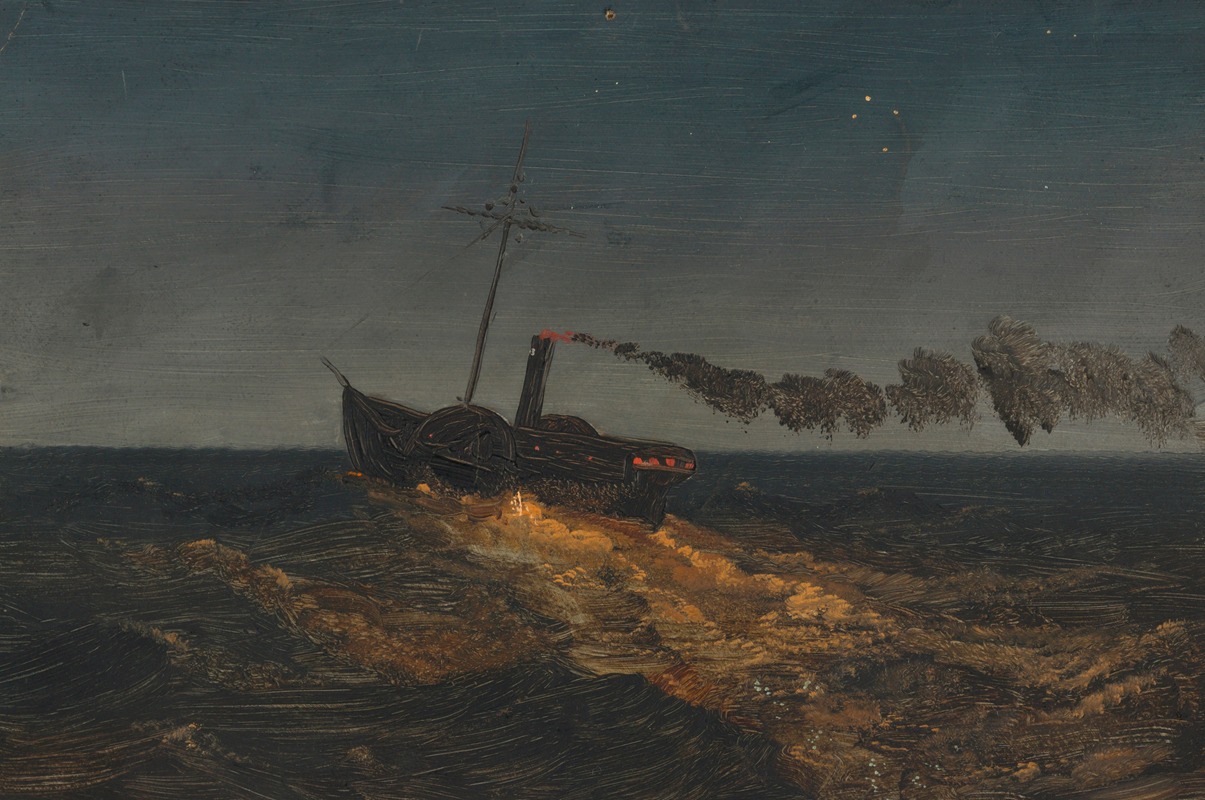
Paddle steamer at dusk
A hand-painted replica of Frederic Edwin Church’s masterpiece Paddle steamer at dusk, meticulously crafted by professional artists to capture the true essence of the original. Each piece is created with museum-quality canvas and rare mineral pigments, carefully painted by experienced artists with delicate brushstrokes and rich, layered colors to perfectly recreate the texture of the original artwork. Unlike machine-printed reproductions, this hand-painted version brings the painting to life, infused with the artist’s emotions and skill in every stroke. Whether for personal collection or home decoration, it instantly elevates the artistic atmosphere of any space.
"Paddle Steamer at Dusk" is a painting by the American artist Frederic Edwin Church, who was a central figure in the Hudson River School of landscape painting. This school was known for its romantic portrayal of the American wilderness, often emphasizing dramatic light and natural beauty. Church, born in 1826, was a student of Thomas Cole, the founder of the Hudson River School, and he quickly became one of the most prominent landscape painters of his time.
The painting "Paddle Steamer at Dusk" captures a serene and atmospheric scene of a paddle steamer navigating a body of water at dusk. The exact date of the painting is not definitively known, but it is believed to have been created during the mid-19th century, a period when paddle steamers were a common sight on American rivers and lakes. These steam-powered vessels were an important mode of transportation and commerce during this era, symbolizing progress and the expansion of the American frontier.
In "Paddle Steamer at Dusk," Church employs his characteristic attention to detail and mastery of light to create a tranquil yet evocative scene. The painting features a paddle steamer moving across calm waters, with the setting sun casting a warm, golden glow over the landscape. The sky is painted in rich hues of orange, pink, and purple, reflecting off the water's surface and enhancing the overall sense of peace and quietude. The distant shoreline is rendered with soft, muted tones, allowing the viewer's eye to focus on the interplay of light and shadow.
Church's ability to capture the subtleties of natural light is evident in this work, as he skillfully balances the fading daylight with the emerging twilight. The paddle steamer itself is depicted with precision, showcasing the intricate details of its structure and the gentle ripples it creates in the water. This attention to detail not only highlights Church's technical prowess but also serves to immerse the viewer in the scene, evoking a sense of being present in that moment of transition between day and night.
Frederic Edwin Church's paintings often reflect his deep appreciation for nature and his desire to convey its sublime beauty. "Paddle Steamer at Dusk" is no exception, as it encapsulates the serene majesty of the American landscape while also hinting at the technological advancements of the time. Church's work continues to be celebrated for its artistic excellence and its ability to evoke a sense of wonder and reverence for the natural world.
Overall, "Paddle Steamer at Dusk" stands as a testament to Frederic Edwin Church's skill as a landscape painter and his contribution to the Hudson River School. The painting remains an enduring example of 19th-century American art, capturing a moment of tranquility and beauty that resonates with viewers even today.





